The Marinus Link, set to be the second energy interconnector between Tasmania and the Australian mainland, has had its momentum bolstered by the release of two independent reports which attest to the downward pressure the biggest of all possible project versions would put on wholesale electricity prices as well as the general salutary effect it would have on the National Energy Market (NEM) as a whole.
The reports, both the Project Assessment Conclusions Report (PACR), which is the final step in the RIT-T process, and the Wholesale Pricing Report supported by analysis from FTI Consulting, showed that the Marinus Link was a strong investment option at both ends of the energy market.
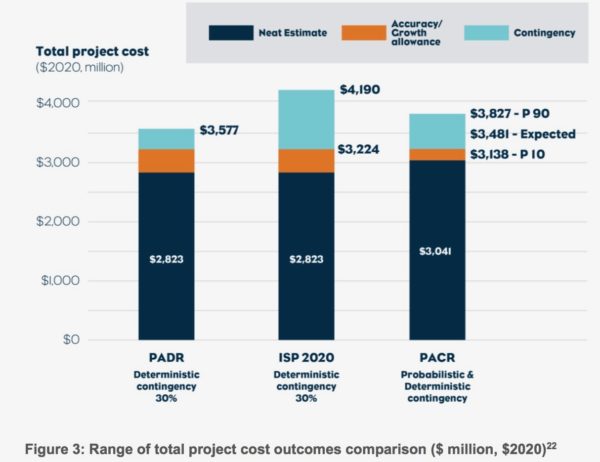
Of the four proposed models for the Marinus Link, TasNetwork’s modelling says that the largest capacity option for the interconnector, a 1,500 MW, $3.5 billion project, which the Morrison government fast-tracked last year and would link Tasmania to Victoria via subaqueous and underground electricity connection, is the best option and could be slated for earliest commissioning in 2027. Although, that is just the first 750 MW stage, with the second 750 MW stage likely to see completion in 2029.
The PACR, conducted by Ernst & Young, found that the entire project, including its link to Victoria’s North West Transmission Developments, would, according to a statement, provide “greater benefits to the NEM than its cost.”
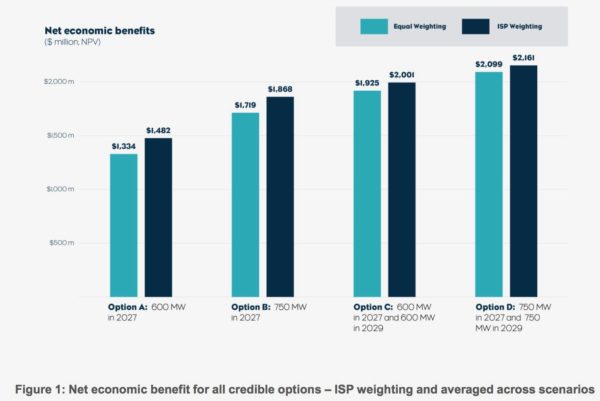
Moreover, by providing the NEM access to Tasmania’s enormous and low-cost dispatchable energy and deep storage resources, FTI Consulting concluded that wholesale energy prices would also fall.
“Accessing the existing spare and refurbished on-demand hydro capacity, along with cost-competitive pumped hydro potential, provides lower-cost on-demand energy compared with other solutions available to the NEM”, concluded Jason Mann, senior managing director of FTI Consulting.
TasNetworks’ general manager of Project Marinus, Bess Clark, said in a statement that both reports attest to the “crucial role” the project could have in transforming the NEM. “Australia’s transition to renewables is happening quickly,” said Clark, “The National Electricity Market needs access to affordable, ‘on-demand’ energy and long duration deep storage to ensure the lights stay on and power bills stay low.”
Tasmania’s ambition to become the Battery of the Nation hinges on the Marinus Link. “It will give Australians access to cheaper, clean, reliable energy and transform Tasmania into a renewable energy powerhouse,” continued Clark.
“With Project Marinus, businesses and investors in mainland Australia will have the assurance of a stable power supply when solar and wind generation is not available and batteries have run out. Along with other major transmission projects, Project Marinus will become the backbone of a reliable, lower emissions NEM for the next decade and beyond.”
Who Pays?
Under current frameworks, modelling has suggested that Tasmania and Victoria would pay 100% of the costs of the project, while only reaping 34% of the benefits. Clark believes the costs should be more equally distributed. “Customers in all NEM regions will be better off with Project Marinus,” Clark said, “if interconnector project costs are allocated in line with the benefits customers receive.”
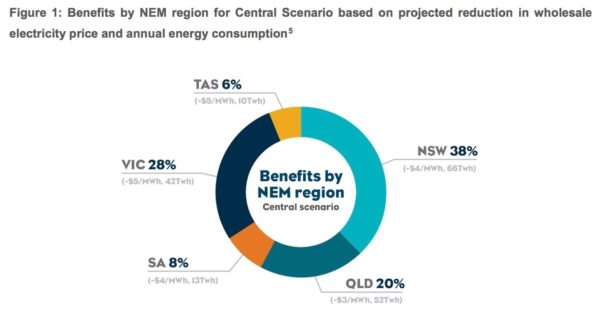
Such a move would require a change of rules. But Clark believes “a beneficiary pays model is a fairer outcome to recover the Project Marinus costs over its 40-plus year service life.”
Jason Mann agreed with Clarke, saying the benefit from the Marinus Link and additional Tasmanian renewables “is widely spread across the NEM, with all jurisdictions being better off. Therefore it is necessary to develop an approach that recovers the costs of Marinus proportionately from those who benefit from the link.”
It must also be said that an infrastructural development that would dramatically increase the presence of renewable energy in the NEM, cutting emissions while generating 2,800 direct and indirect jobs on both the mainland and in Tasmania.
This content is protected by copyright and may not be reused. If you want to cooperate with us and would like to reuse some of our content, please contact: editors@pv-magazine.com.
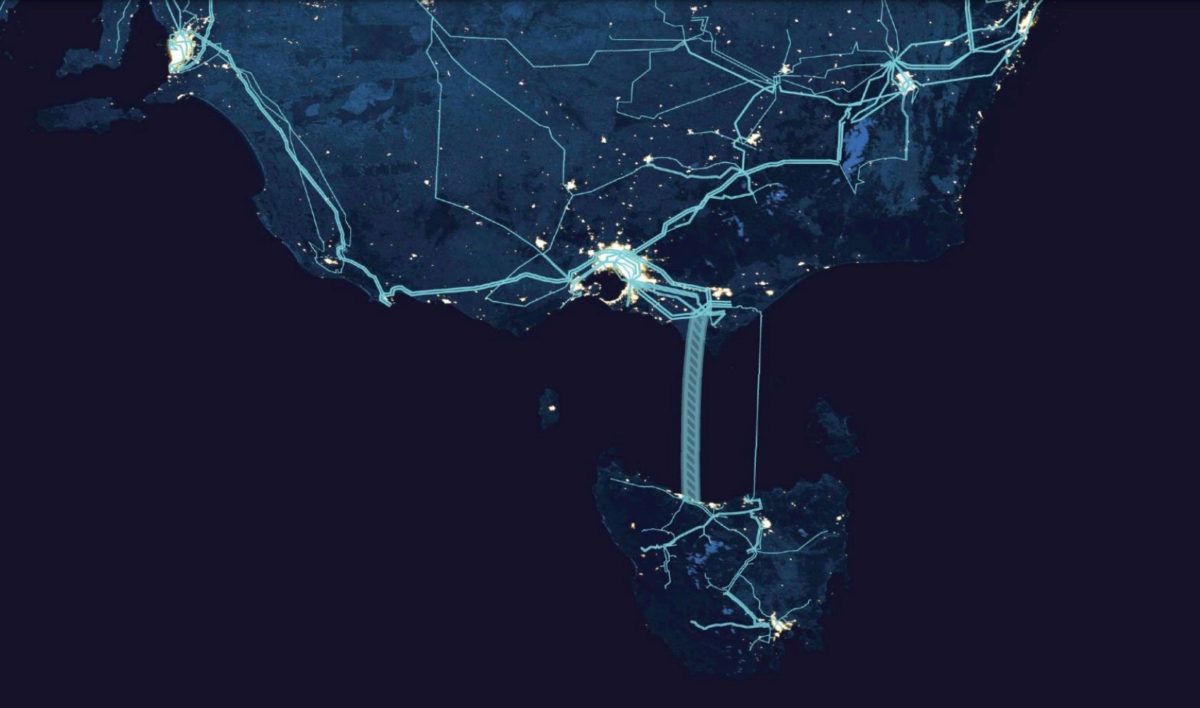
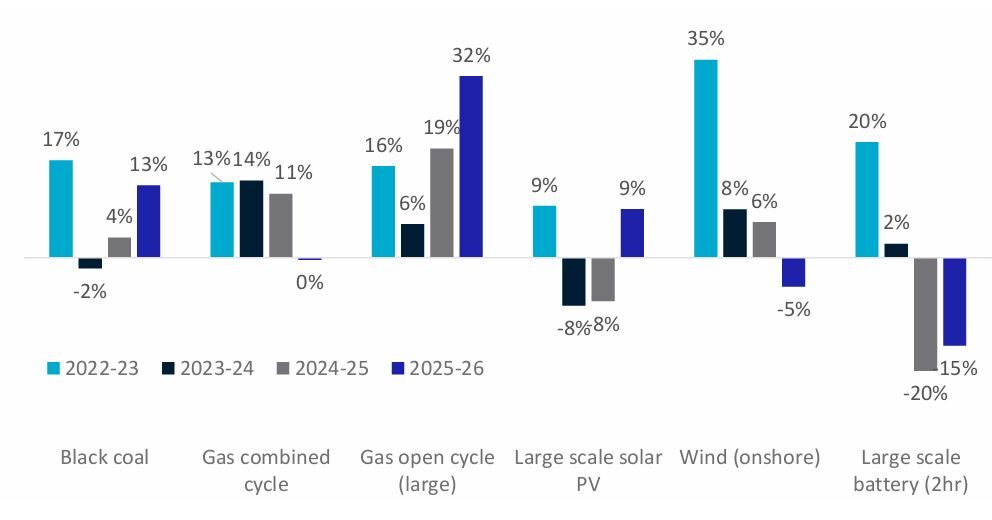



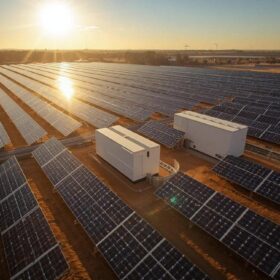
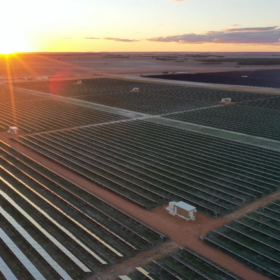
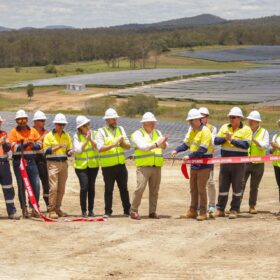

Sorry, but the Tasmanian perspective on Bess Clark and TasNetworks / Project Marinus’ PR is that a/ these TasNet commissioned ‘cost-benefit analyses’ aren’t truly independent – they’re designed to provide PR backing for the claim that the benefits of the money-making scheme will trickle down to the riff-raff who pay for it, us. What’s missing is the realities that with power and profits from privatised renewables industries in Tasmania all going to the Mainland and offshore investors, Tasmania pays for the costs and adverse impacts of the infrastructure. We get nothing but costs; the investors get profits, TasNet get to gold plate their aging assets with a 19th Century style new grid covering our North West, and politicians get to claim ‘jobs and growth’ – even though that’s a lie. Any jobs and growth will be on the Mainland; we get squat. One other issue – if the infrastructure devastates the environment, which projects like UPC’s Robbins Island windfarm will do, also the hundreds of kilometres of football field wide easements through our forests will cause massive damage. The Project Marinus is a PR campaign for a con on Tasmanians and anyone Tasnetworks can get to pay for its new grid.